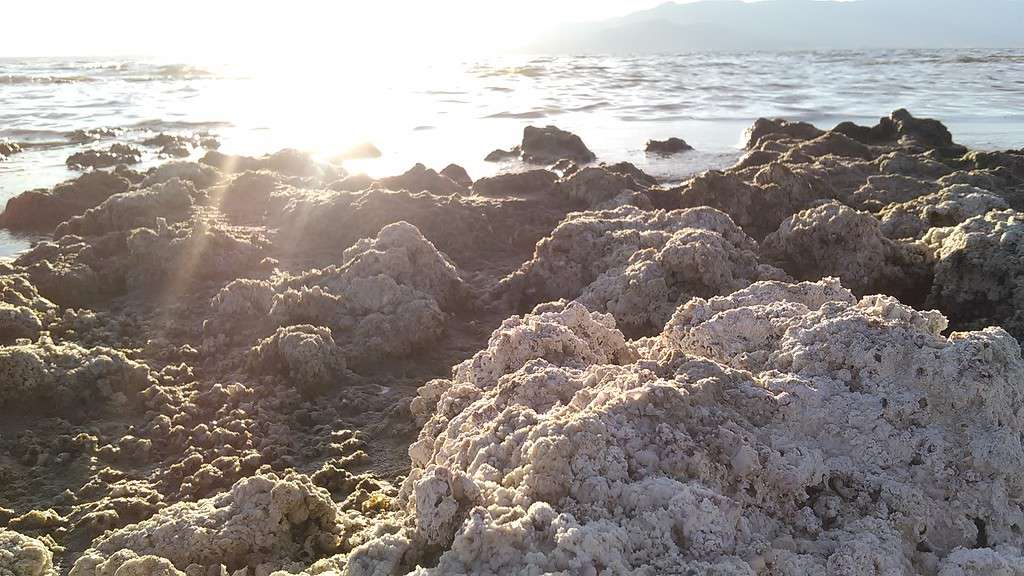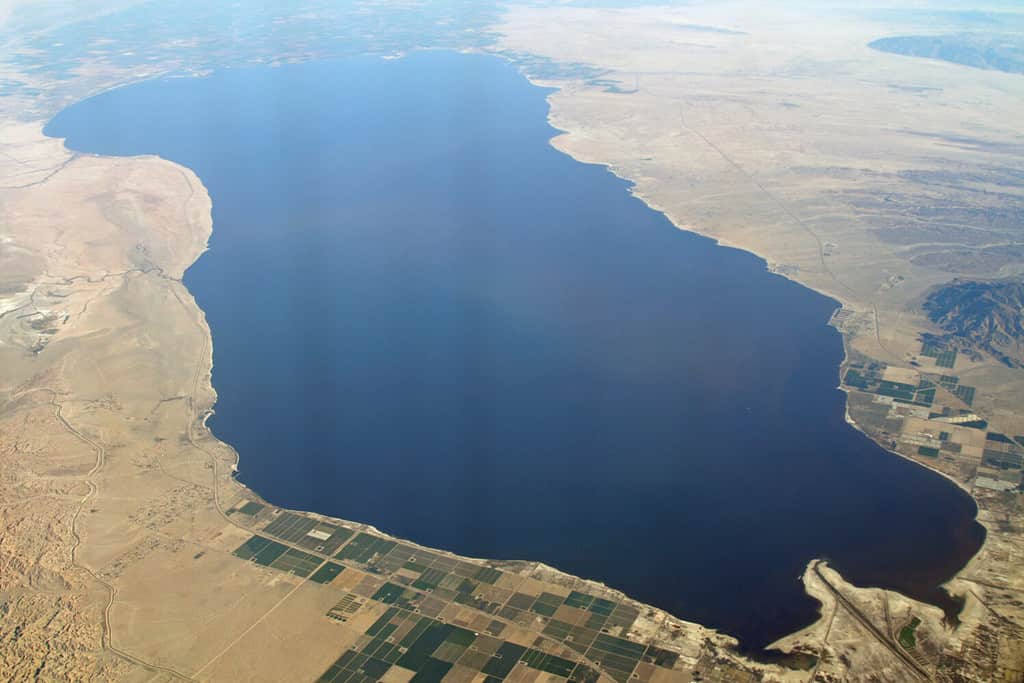Salton Sea Lithium: Discover the Source of California's Next Gold Rush
The Salton Sea must truly be one of the strangest places on Earth. The history behind this resort town-turned-superfund site is one that illustrates many of the disjointed elements in the relationship between man and nature in the past few centuries.
However, in recent times there has been a small advantage gleaned from the otherwise commercial and environmental disaster that the Salton Sea has posed for the past several decades. This comes in the form of the discovery of massive lithium deposits.
These lithium deposits at the sea are incredibly rich and extensive. It may be that they turn the story of the Salton Sea on its head in terms of the commercial value they produce. Particularly, lithium is currently in hot demand as an element utilized in the batteries of electric cars. However, like most resource extraction, the mining of lithium is not without its controversies.
The Early History of The Salton Sea

©Bamsb900 / CC BY-SA 4.0 – License
The Salton Sea began its life as a part of the Gulf of California. Were it not for the delta of the Colorado River, the sea would still be a part of this larger body of water. The body of water that constitutes the Salton Sea would periodically flood and then dry up depending on the flow of the Colorado River.
Diverting water into the dry lake bed of this sea began at the turn of the 20th century. This occurred primarily for the purpose of providing water for crops. Some decades later, the sea was transformed into a man-made lake in the Mojave Desert. This desert is the driest and hottest part of the continental U.S.
For several years, the retreat was a hotspot for business folks and celebrities in LA. It was a typical vacation in order to get away from it all during the 1950’s and 1960’s. In addition, the lake was large enough to attract a diverse array of birds and fish. This prompted the California government to designate the area as a wildlife refuge.
The Decline of The Salton Sea
However, the construction of this lake was inherently flawed. The engineers didn’t include any irrigation to provide water flow for the body of water. Thus, over the years, the water in the lake slowly started to become highly acidic and fetid. This type of environment is unsuited to support life, and unsafe to swim in.
Adding to the environmental damage was the presence of heavy agricultural pollutants that were constantly being deposited into the stagnant water of the lake from nearby rivers. These agricultural pollutants would coagulate at the bottom of the lake. Subsequently, the substances become exposed as the lake evaporates naturally from the desert heat.
Scientists began to warn the general population of the impending disaster at the lake in the 1970s. Around this time, many of the fish that inhabited the lake began to die off. This left the shores of the beaches littered with the corpses of hundreds of fish. As you can imagine, the look and smell of this phenomenon really killed the resort town’s image of the Salton Sea.
Over time, the lake became so polluted that most residents and tourists have abandoned the site. The lake has become a superfund site. This is a term the United States Government uses to describe priority cleanup projects in terms of environmental pollution.
The continuing evaporation of this artificial lake has exposed the crystalized agricultural pollutants at the bottom of the sea. These pollutants are often blown into nearby communities. This environmental pollution has caused some of them to register the worst air quality in the United States at times.
Lithium Deposits at The Sea

©Thomas Barrat/Shutterstock.com
From this catastrophic decline, there’s been a silver lining. The geothermal activity below the Salton Sea has loosened up natural Lithium deposits below the surface of the lake bed. Lithium is currently in very high demand worldwide. Part of this is due to its status as an essential component in the batteries of electric vehicles. Lithium is also an integral component of
Part of the ease of mining lithium at the Salton Sea is that the lithium there calcifies in the salt deposits. These deposits are left by the evaporation of the highly salinated water of the sea. This means that in many situations, there’s not even any extraction from beneath the earth required.
The discovery of these easily minable lithium deposits has really just come to light in the past several years. The revelation of these deposits has prompted several international and national mining corporations to partner with corporate interests. The two have banded together in an attempt to cash in on the wealth of lithium below the sea. In particular, General Motors has partnered with Australian mining corporation Controlled Thermal Resources to use lithium in their Ultium batteries.









